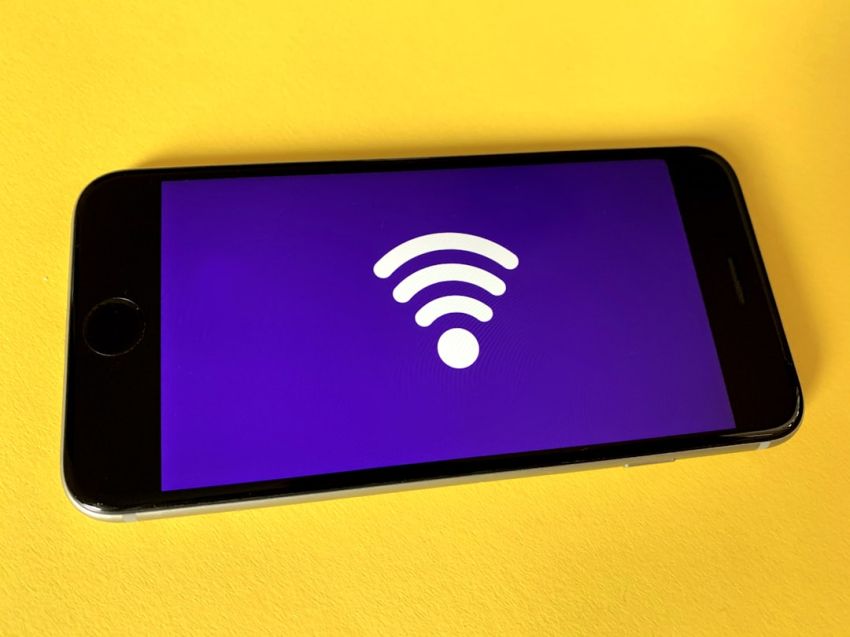Can Wi-fi 6 Work with Older Routers?

The advent of Wi-Fi 6 technology has brought about significant improvements in wireless networking, promising faster speeds, increased capacity, and better performance in congested environments. However, many users wonder if Wi-Fi 6 is compatible with their existing routers or if they need to upgrade their hardware to take advantage of the new standard. In this article, we will explore whether Wi-Fi 6 can work with older routers and what users can expect in terms of performance and compatibility.
Wi-Fi 6: The Next Generation of Wireless Technology
Wi-Fi 6, also known as 802.11ax, is the latest iteration of the Wi-Fi standard, succeeding Wi-Fi 5 (802.11ac). One of the key features of Wi-Fi 6 is its ability to support more simultaneous connections and devices, making it ideal for households with multiple smart devices and IoT gadgets. Additionally, Wi-Fi 6 offers faster data transfer speeds, reduced latency, and improved efficiency compared to its predecessors.
Compatibility with Older Routers
The good news is that Wi-Fi 6 is backward compatible with older Wi-Fi standards, including Wi-Fi 5 and Wi-Fi 4. This means that devices equipped with Wi-Fi 6 capabilities can still connect to and communicate with routers that support older standards. However, it’s essential to note that in these cases, the performance will be limited by the capabilities of the older router.
When a Wi-Fi 6 device connects to an older router, it will operate at the highest common denominator between the device and the router. This means that while you can still connect your new Wi-Fi 6 smartphone or laptop to an older router, you won’t experience the full benefits of Wi-Fi 6, such as increased speeds and capacity.
Benefits of Upgrading to a Wi-Fi 6 Router
To fully leverage the capabilities of Wi-Fi 6 and enjoy all the benefits it has to offer, upgrading to a Wi-Fi 6 router is recommended. By upgrading your router to a Wi-Fi 6 model, you can take advantage of features such as Orthogonal Frequency Division Multiple Access (OFDMA), Target Wake Time (TWT), and improved MU-MIMO (Multi-User, Multiple Input, Multiple Output) technology.
These features help enhance network efficiency, reduce latency, and provide a better overall wireless experience, especially in high-density environments. If you have multiple devices connected to your network or frequently engage in activities that require high bandwidth, such as online gaming or 4K video streaming, upgrading to a Wi-Fi 6 router can significantly improve your network performance.
Considerations Before Upgrading
Before rushing to upgrade to a Wi-Fi 6 router, there are a few factors to consider. First, ensure that your existing devices, such as smartphones, laptops, and smart home devices, support Wi-Fi 6. While these devices can still connect to a Wi-Fi 6 router, they will not be able to take full advantage of the new standard if they do not support it.
Additionally, consider the size of your household and the number of connected devices. If you have a small household with only a few devices, the benefits of upgrading to a Wi-Fi 6 router may be limited. However, for larger households with multiple devices competing for bandwidth, the upgrade can lead to a noticeable improvement in network performance.
Making the Upgrade
Upgrading to a Wi-Fi 6 router can be a worthwhile investment for users looking to future-proof their network and enjoy the benefits of the latest wireless technology. While Wi-Fi 6 is backward compatible with older routers, upgrading to a Wi-Fi 6 router will provide the best performance and ensure that you are getting the most out of your network.
In conclusion, while Wi-Fi 6 can work with older routers, upgrading to a Wi-Fi 6 router is recommended for users who want to maximize the benefits of the new standard. By making the switch to a Wi-Fi 6 router, users can experience faster speeds, increased capacity, and improved performance in their wireless networks.